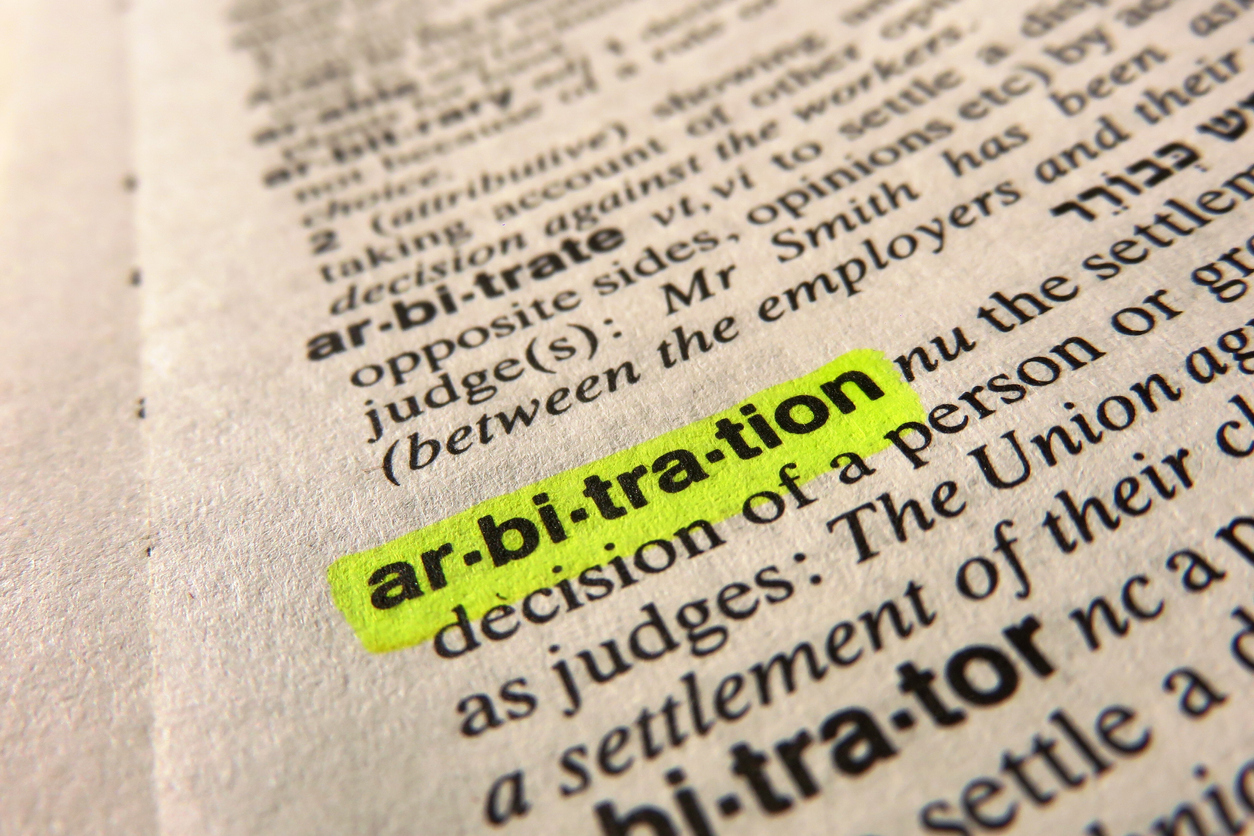The quick answer to this post is to “hire a really good and experienced property insurance bad faith attorney and file a proper Civll Remedy Notice.” It is clearly not business as we used to do it in the first-party good faith claims practice field. What I taught just several years ago as the proper way to complete civil remedy notices (CRNs), which is a requirement for a bad Faith lawsuit, is no longer the best method to do so. Policyholders should not attempt to do this themselves. It has become extraordinarily complex. The Florida legislature has made it that way with newly enacted laws.
We can learn from recent legal opinions about how to prepare CRNs that will survive inevitable challenges to the new “specificity” required by section 624.155(3)(b). Clearly, at this point, I suggest that the “kitchen sink” approach should be avoided, especially when an insured can file additional CRNs as new claims handling conduct or procedures are discovered. Courts have been reluctant to dismiss a bad faith suit when a CRN provides clear notice of the claims handling conduct challenged so that an insurer has the opportunity to take advantage of the sixty-day cure period.
In the last five years, changes to Florida Statute section 624.155 have occurred in response to case law interpreting provisions that had not been amended to keep up with technology and changes in contracts of insurance. For example, prior to 2019, the statute indicated that the Department had the authority to reject facially insufficient CRNs and if it did exercise that authority, it required the Department to “indicate the specific deficiencies contained in the notice.” When an insurer challenged a notice as insufficient in a bad faith lawsuit, insureds often argued that the Department’s failure to reject a notice for lack of specificity demonstrated that a CRN was sufficient to survive a challenge in a motion to dismiss. See Julien v. United Prop. & Cas. Ins. Co., 311 So. 3d 875, 879 (Fla. 2d DCA 2021) (rejecting the argument that because section 624.155(3) gave the Department authority to return deficient CRNs “for lack of specificity,” the failure of the Department to return a CRN deems it sufficient as a matter of law). But see Tropical Paradise Resorts, LLC v. Clarendon Am. Ins. Co., No. 08-60254, 2008 WL 3889577, at *4 (S.D. Fla. Aug. 20, 2008) (“As further evidence that Tropical’s notices were sufficient, it bears noting that the notices were accepted by the Department of Financial Services for purposes of starting the 60-day clock.”).
The legislature eliminated the Department’s authority to return insufficient CRNs in 2019, and now courts have rules that the burden of compliance rests squarely on the insured.
Also in 2019, the legislature added subsection (3)(f), which prohibits those who have filed residential claims from filing CRNs for sixty days after appraisal is invoked by any party. § 624.155(3)(f), Fla. Stat. (2021) (“A notice required under this subsection may not be filed within 60 days after appraisal is invoked by any party in a residential property insurance claim.”). Insurers previously argued that seeking appraisal cured previous conduct alleged to constitute bad faith. The Fifth District rejected this argument in Landers v. State Farm Fla. Ins. Co., 234 So. 3d 856, 858 (Fla. 5th DCA 2018), holding:
Preventing an insured from filing a CRN before coverage and liability have been conclusively established would frustrate the purpose of the statute by further delaying the time necessary to assess and pay out claims and discouraging insurers from taking timely, independent action on claims.
In 2020, the legislature amended subsection three to reflect technological advances, both required by the Department, and in general. Likely in response to the Second District Court of Appeal’s decision in Harper v. GEICO Gen. Ins. Co., 272 So. 3d 448, 450 (Fla. 2d DCA 2019), which became final just after the 2019 legislative session, the legislature amended outdated provisions enacted when filing and service of CRNs occurred by mail. The Second District interpreted the statute as written, holding that GEICO did not timely cure its alleged bad faith conduct by paying the benefits owed sixty-five days after the CRN was electronically filed with the Department but allegedly within sixty days of receipt of the CRN. The court noted that when the statute was enacted, the Department required an insured to fill out a paper form and mail copies to both the Department and the insurer, but in 2008, it changed the procedure to require that the form be submitted online. (citing Fla. Informational Bulletin 87-7, 1987 WL 1357228 (Sept. 24, 1987) and Fla. Admin. Code R. 69J-123.002(1)). The insured argued that filing with the Department concurrently gives notice to the insurer, but the record did not provide sufficient information to support that assertion.
The bottom line, and keeping new cases and statutes in mind, certain best new practices are evident. Those filing CRNs should be mindful that bad faith is distinct from the contract claim—“an action for bad faith is extra-contractual in nature and relates to the duties of an insurer as defined by statute, not the express terms of the contract.” Townhouses of Highland Beach Condo. Ass’n v. Qbe Ins. Corp., 504 F. Supp. 2d 1307, 1310 (S.D. Fla. 2007) (citing Pastor v. Union Central Life Ins. Co., 184 F. Supp. 2d 1301, 1306 (S.D. Fla. 2002)). The focus of the CRN should be the insurer’s conduct, with reference to specific policy provisions when applicable.
The purpose of a CRN is not to preserve every possible bad faith claim that an attorney might subsequently find, but to put the insurer on notice of conduct that may make it liable for extracontractual damages. There is no provision that prevents an insured from filing multiple CRNs to address conduct as it is discovered. When preparing to file a CRN, attorneys should also be mindful of the limitations of the form. It is a notice, not a complaint, and the limitations have been recognized. See Tropical Paradise Resorts, LLC v. Clarendon Am. Ins. Co., No. 08-60254-CIV, 2008 WL 3889577, at *4 (S.D. Fla. Aug. 20, 2008) (“Considering that the statute requires that ‘the notice shall be on a form provided by the department,’ and because the department’s form gives only minimal space for describing ‘the facts and circumstances giving rise to the violation,’ it would be very strange if an insured was required to incorporate every allegation from its complaint into its notice.”).
Few attorneys have fully prosecuted a claims practice suit, aka “bad faith” lawsuit, to the level where punitive damages are truly at issue and taken the matter to a trial or settled for amounts that truly would scare the insurer if disclosed about a settlement. In this field of law, there are a lot of pretenders who are not contenders. In Florida, bad faith suits start at the CRN phase, and it is a whole new ballgame about how to complete CRNs.
Thought For The Day
I’m always interested in looking forward toward the future. Carving out new ways of looking at things.
—Herbie Hancock




